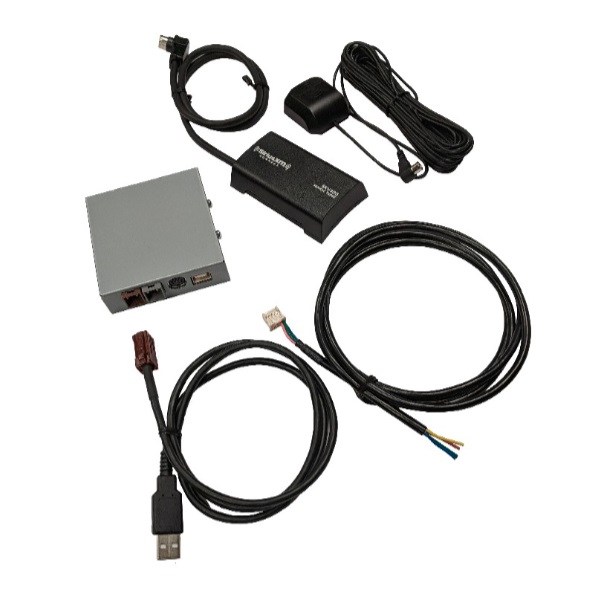Tips for Protecting Your Car Against Bad Weather

It doesn’t matter what time of year it is; bad weather poses a threat to your vehicle. Whether it’s the beating sun, a heavy downpour, or a freezing snowstorm, we’ve got a few tips for protecting your car against bad weather.
Extreme Heat
The sunny skies of the summer can be deceptive. While they make for ideal driving conditions, the UV rays of the sun will fade your car’s paint while the heat dries out your upholstery and melts the plastic on your dashboard. Luckily, one of the best tips for protecting your car against bad weather is to simply park in some sort of shade. For the heat, this could mean a garage or simply under a large tree—anything to avoid the heat. When that’s not an option, consider waxing your car. Not only does this make your car look shiny and fresh, but it protects the paint from UV rays.
Extreme Cold
The freezing temperatures of the winter can also take a toll on your vehicle. During the cold seasons, keep tabs on your car’s battery. The battery has to work much harder during the winter, which means it’s at a greater risk of wearing out and dying. Window cracks that may seem minor may get worse from the cold, so you should address any windshield scratches or cracks before the winter hits. Finally, you can use wiper fluid engineered specifically for the cold temperatures of winter, so your fluid doesn’t freeze on the windshield.
Heavy Rain
It can be easy to dismiss rain as simply “a little water” that can’t harm your vehicle. But once the water evaporates, it can leave behind debris, dirt, and acidic substances. This is another scenario in which wax can protect against scratches. Investing in a ceramic coating is also great for protection, as the coating is naturally hydrophobic and will keep water from sticking to your vehicle.
Snowstorms
A thick layer of snow and ice covering your car is a pain, but you run the risk of scratching the glass if you use a scraper. If you’re expecting snow, place a towel over your windshield so that in the morning, it’s much easier to remove the snow and ice. You should also pay attention to the tire pressure. In the cold, the air in your tires contracts and you may need to repump them.



